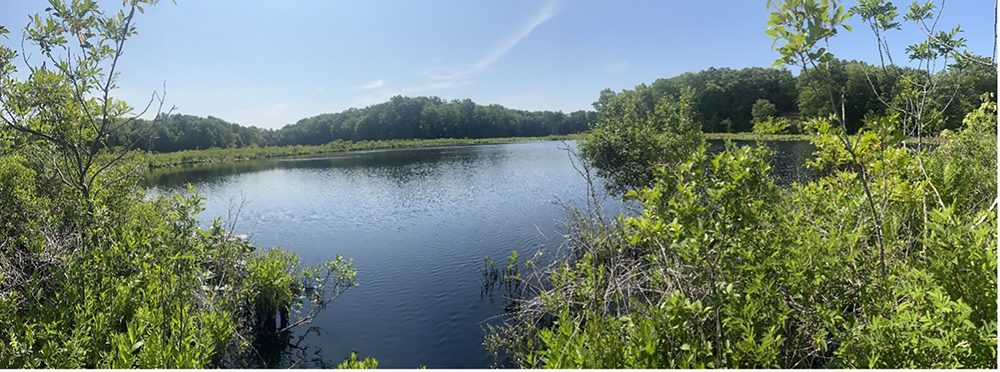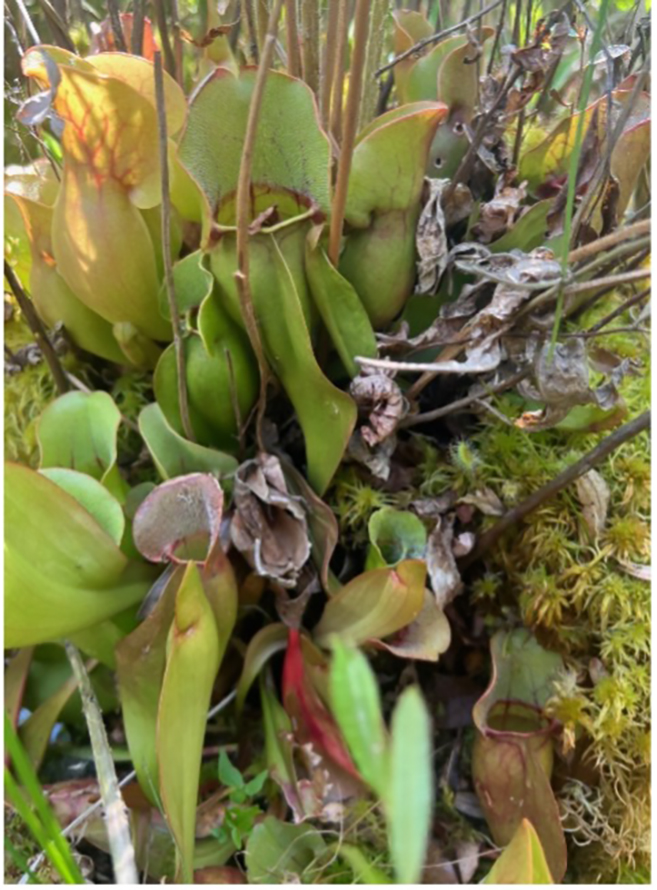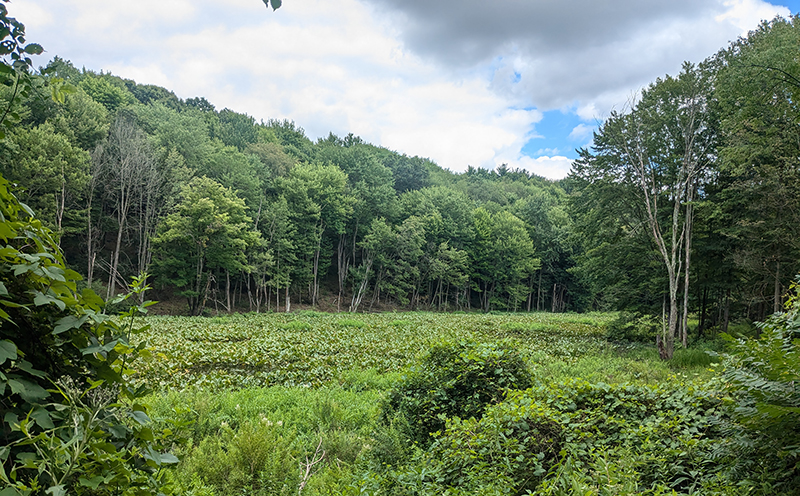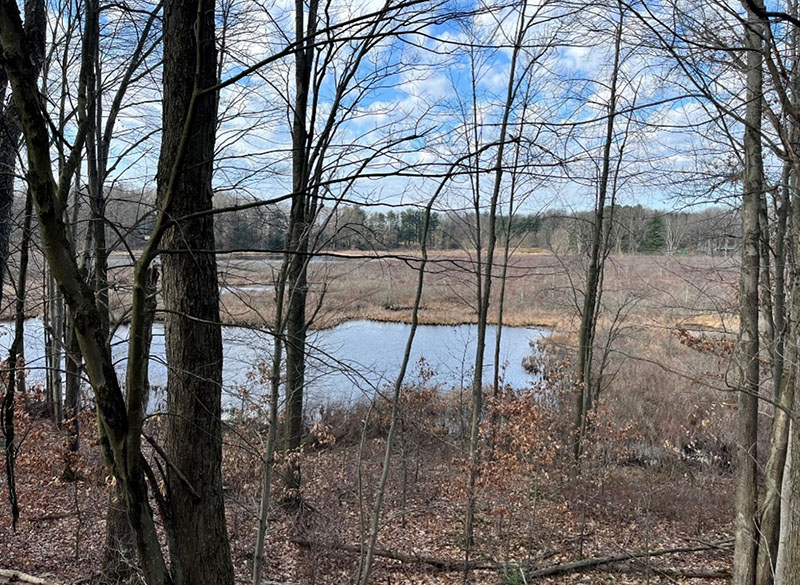
Singer Lake Bog Expansion | Photo: Cleveland Museum of Natural History
Singer Lake Bog Preserve Expansion
 wetland buffer areas that contribute to the health of the bog complex. Several rare plants have been documented on the property, including the purple pitcher plant, leatherleaf and manna grass (listed by the state as threatened) as well as the bog willow, Tuckerman’s panic grass, grass-like pondweed, spotted pondweed, and swaying rush (listed by the state as endangered). Rare animal species on site include the racket-tailed emerald dragonfly, chalk-fronted corporal dragonfly and marsh bluet (all listed by the state as endangered), as well as the spotted turtle and sandhill crane species (listed as threatened).
wetland buffer areas that contribute to the health of the bog complex. Several rare plants have been documented on the property, including the purple pitcher plant, leatherleaf and manna grass (listed by the state as threatened) as well as the bog willow, Tuckerman’s panic grass, grass-like pondweed, spotted pondweed, and swaying rush (listed by the state as endangered). Rare animal species on site include the racket-tailed emerald dragonfly, chalk-fronted corporal dragonfly and marsh bluet (all listed by the state as endangered), as well as the spotted turtle and sandhill crane species (listed as threatened).This preserve expansion acquisition is critical given that Singer Lake Bog is widely considered the largest and finest bog system remaining in northern Ohio. The expansion will protect more than 150 high-quality acres that boasts diverse wetlands, including the largest leatherleaf bog in Ohio and one of the largest and finest kettle lake bogs remaining statewide. Other wetland communities in the main basin include buttonbush shrub swamp, pond lily marshes, and aquatic beds. The Preserve also contains a globally rare black oak sand barren community, 40 State-listed rare plant species, and 14 rare fauna.
The threat of development on the 17-acre property makes the site a high priority for conservation. The Cleveland Museum of Natural History will be the perpetual owner of the project site and will manage it as part of its Singer Lake Bog Preserve. The property will be set aside as a nature preserve, and will not be open to the public on a regular basis. However, the Museum does intend to host public field trips at the property and issue permits to researchers and nature enthusiasts for scientific studies and passive recreational purposes.
- Property Cost: $504,250
- Atira Conservation Funding: $15,000

Singer Lake Expansion site map

Purple pitcher plant | Photo: Cleveland Museum of Natural History

Singer Lake Bog Preserve | Photo: Cleveland Museum of Natural History

Singer Lake Bog Preserve Expansion | Photo: Western Reserve Land Conservancy
